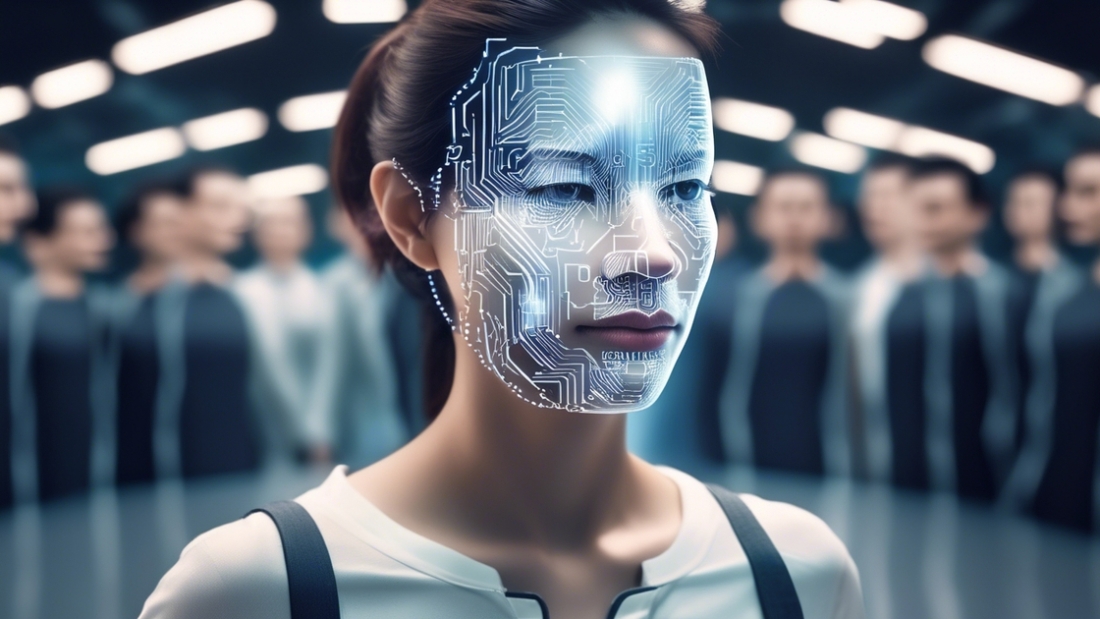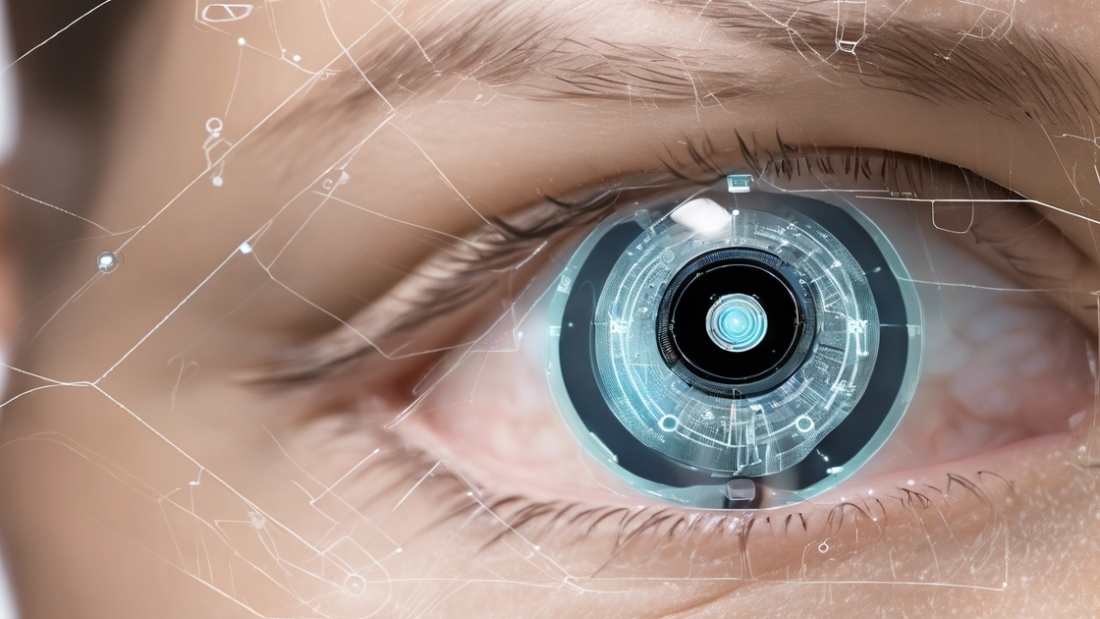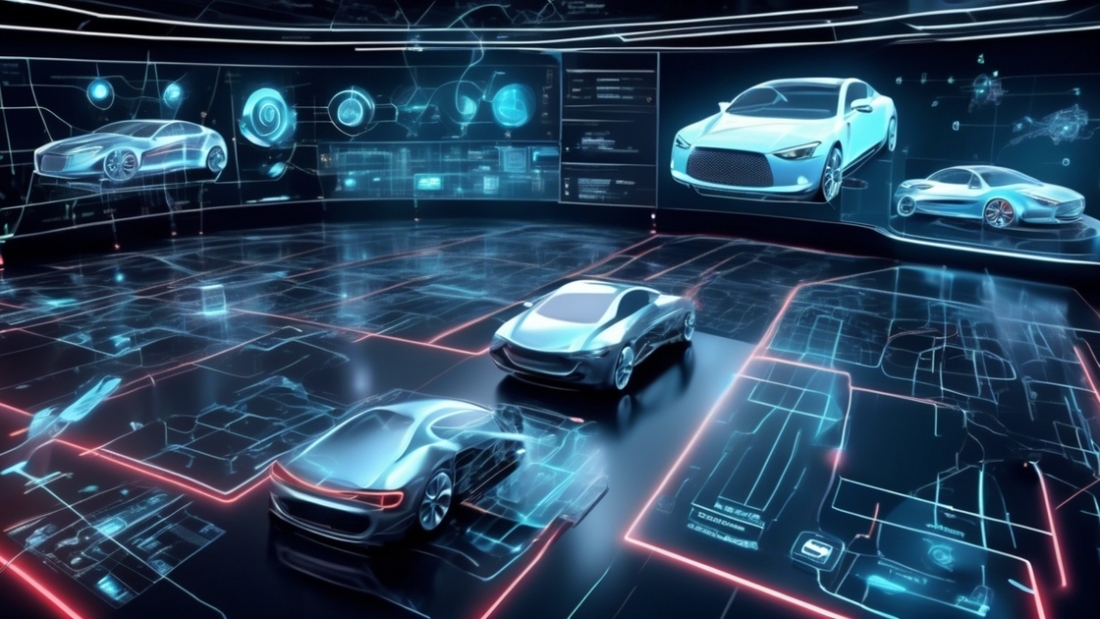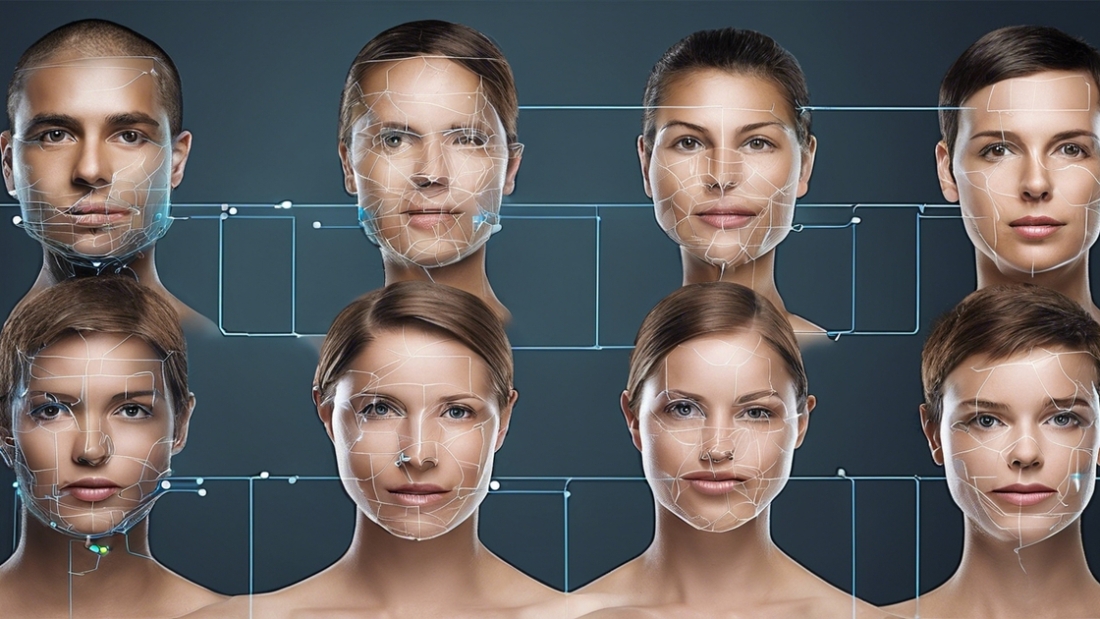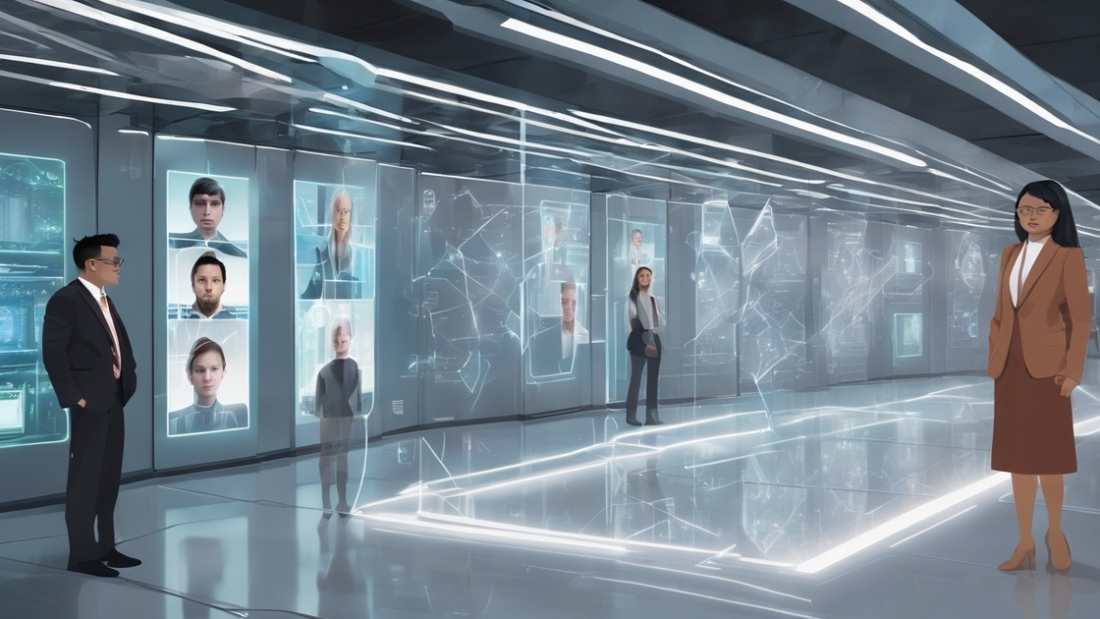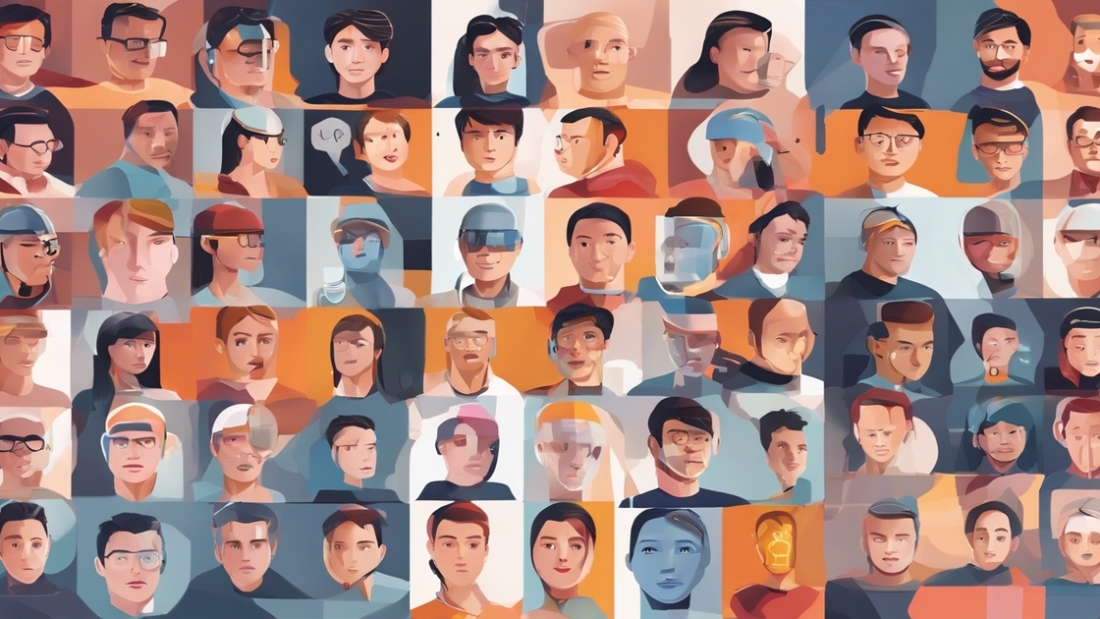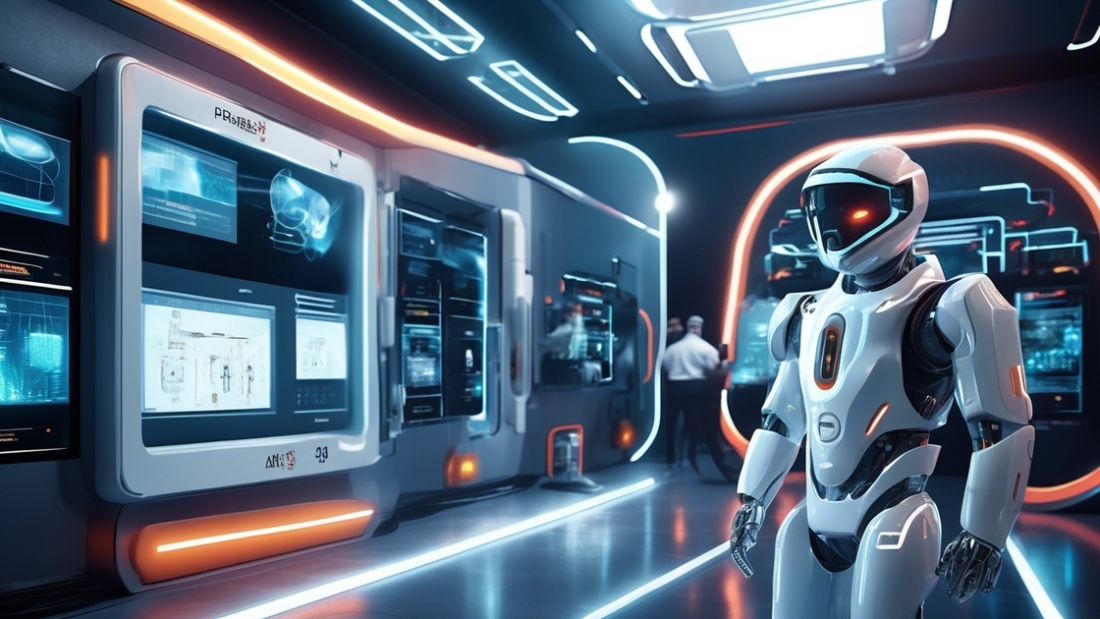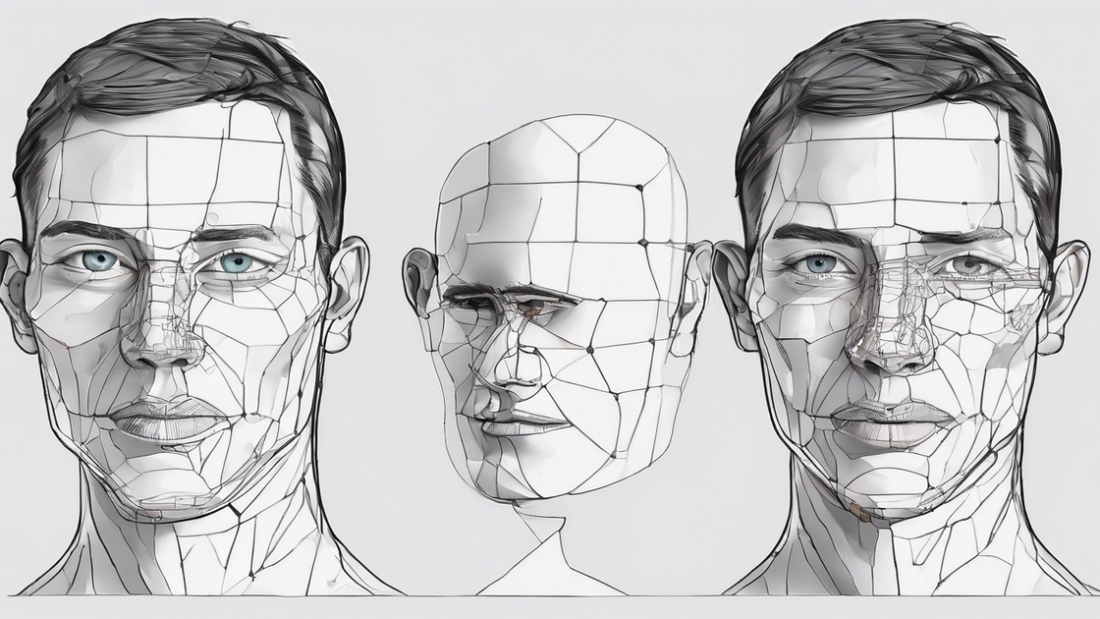Why does face recognition matter more than ever in today’s digital age? With the rapid advancement of technology, the ability to identify or verify a person’s identity using their facial features has transformed numerous sectors, from enhancing security systems to streamlining user experiences across various platforms. This groundbreaking technology, once the stuff of sci-fi movies, is now a part of our everyday lives, making operations faster, safer, and more personalized. As we dive into the world of face recognition, we’ll explore its mechanisms, applications, and the ethical considerations it brings to the table. Get ready to uncover how this powerful tool is reshaping the future of digital interaction.
Defining Shoplifting and Its Impact
Legal Definitions
Shoplifting involves taking goods from a store without paying. Laws vary by country but generally focus on the intention to steal.
In many jurisdictions, shoplifting is not just a petty crime. It can lead to significant legal consequences. Offenders may face fines, community service, or even imprisonment. The severity often depends on the value of the stolen items and the perpetrator’s criminal history.
Retail Losses
Shoplifting causes substantial financial losses for retailers. They lose billions annually worldwide. This loss affects not just profits but also employment and product prices.
Retailers invest heavily in security measures to deter theft. These include surveillance cameras, security guards, and electronic article surveillance (EAS) systems. Despite these efforts, shoplifting remains a persistent challenge.
Consumer Impact
The effects of shoplifting extend beyond retailers to consumers. Increased security measures and lost merchandise lead to higher prices.
Shoppers often bear the cost of shoplifting through higher prices for goods. This indirect impact hurts everyone, especially those on tight budgets. Heightened security can make shopping a less pleasant experience for honest customers.
Technological Solutions
Face recognition technology offers a new way to combat shoplifting. It can identify known offenders as soon as they enter a store.
This technology has sparked debate over privacy and ethics. Critics worry about the potential for misuse and the impact on civil liberties. Yet, many retailers argue it’s necessary for preventing theft and ensuring safety.
Basics of Face Recognition
Key Components
Face recognition technology hinges on several key components to accurately identify individuals. At its core, this technology, supported by ‘Get APIs for face recognition‘ and utilizing ‘Face Recognition Docker Image Source,’ maps facial features from a photograph or video. It compares the information with a database of known faces to find a match.
This process involves capturing a digital image of an individual’s face, primarily through video or photographs. The system then analyzes the unique features of the face. These features could include distance between the eyes, shape of the chin, and contours of the cheekbones.
Detection Process
The detection process is where face recognition begins. It identifies human faces within digital images. This step does not involve identifying the individual but merely recognizing that a face is present.
Once a face is detected, the technology assesses various landmarks on the face. These are specific points that are key to distinguishing one person’s face from another. There are typically 68 landmarks that are analyzed during this phase. These include points around the eyes, nose, mouth, and jawline.
Matching and Verification
After analyzing the facial landmarks, the system proceeds to match and verify the data against a database of known faces. This stage determines if there is a match between the face being analyzed and an existing image in the database.
Matching can be done in two ways: one-to-one matching, which verifies a person’s identity against a particular photo in a database (used in smartphone security), and one-to-many matching, which identifies an individual from a pool of many faces (used in surveillance systems).
One-to-one matching ensures high security in personal devices, while one-to-many matching aids in identifying suspects in public spaces.
Applications and Ethics
Face recognition technology has vast applications ranging from security and law enforcement to marketing and personal device access. In retail, it can be used to prevent shoplifting by identifying known shoplifters as they enter a store. However, its use raises ethical concerns regarding privacy and consent.
Critics argue that without strict regulations, face recognition could lead to mass surveillance or misuse of personal data. Thus, balancing technological advancement with ethical considerations is crucial.
How Face Recognition Works
Capture Image
Face recognition technology begins by capturing a digital image. This can be done through cameras or video in real-time or by analyzing a pre-existing photo. The system focuses on the facial features in the image, often ignoring everything else.
Cameras equipped with face recognition capabilities scan the environment. They detect faces within their field of view. This step is crucial for identifying a subject in various conditions.
Analyze Features
Once an image is captured, the software analyzes it to identify unique facial features. These features include distance between the eyes, shape of the chin, and contours of the cheeks and forehead.
The technology maps out these features, creating a facial signature. This process involves converting the physical aspects into digital information that the system can understand and compare.
Data Conversion
After mapping out facial features, the system converts this data into a numerical code. This code represents the face in a database. It’s like a digital fingerprint, unique to each person.
This conversion allows for efficient storage and comparison. The numerical code takes up less space than an image and can be easily accessed for matching purposes.
Matching Process
The heart of face recognition lies in its ability to match a captured image with one in a database. The system compares the digital information from the captured image against its database of known faces.
If there’s a match, the system identifies the person. If not, it can either store the new data for future use or discard it, depending on its programming.
Applications
Face recognition technology has diverse applications, from security enhancements to personalized advertising. It’s used in airports for faster border checks, by law enforcement for identifying suspects, and even in smartphones for secure unlocking.
Businesses use it to improve customer experience through personalization. Meanwhile, governments employ face recognition for public safety and surveillance.
Advantages in Shoplifting Prevention
Instant Identification
Face recognition technology offers real-time detection capabilities. This allows for the immediate identification of individuals who have a history of shoplifting as soon as they enter a store. Retailers can then take proactive measures to prevent theft.
Retail staff receive alerts on their devices, enabling them to monitor these individuals closely without causing unnecessary disturbances. Such efficiency not only saves time but also enhances the security of the premises.
Deterrent Effect
The mere presence of face recognition systems acts as a strong deterrent against potential shoplifters. Knowing that their faces can be easily recorded and identified discourages people from attempting theft.
Stores that advertise the use of this technology often see a significant reduction in shoplifting incidents. The psychological impact of being watched and potentially recognized makes would-be thieves think twice before acting.
Data Analysis
Beyond preventing immediate threats, face recognition software accumulates valuable data over time. This data can reveal patterns related to shoplifting incidents, including peak times, frequently targeted items, and common entry points used by thieves.
Retailers can use this information to adjust their security measures, such as reallocating staff during high-risk periods or securing vulnerable merchandise more effectively. Such strategic planning further reduces the opportunity for shoplifting to occur.
Cost Efficiency
Investing in face recognition technology may seem expensive at first glance. However, the long-term savings on security personnel and loss prevention are substantial. Automated surveillance reduces the need for a large number of security guards, cutting down on staffing costs.
Moreover, the reduction in shoplifting losses contributes directly to the bottom line, making the investment in this technology financially justifiable. Retailers can allocate these savings towards improving customer service or expanding their business.
Legal Compliance
Modern face recognition systems are designed with privacy laws and regulations in mind. They ensure that all collected data is handled according to legal standards, protecting both the business and its customers.
Retailers must inform their customers about the use of surveillance technology, usually through signage. This transparency helps maintain trust between consumers and businesses while complying with legal requirements.
Real-World Applications in Retail
Customer Experience
Retailers are leveraging face recognition to enhance the shopping experience. By identifying returning customers, stores can offer personalized greetings and tailored recommendations. This technology also speeds up the checkout process, making shopping more convenient.
Face recognition systems track customer preferences and buying habits. They then use this data to improve product placement and store layout. This results in a more enjoyable shopping environment for the customer.
Inventory Management
Stores use face recognition to monitor stock levels in real-time. When an item runs low, the system automatically alerts staff or orders more stock. This ensures shelves are always full, boosting sales opportunities.
The technology also tracks how customers interact with products. Retailers can see which items are popular and adjust their inventory accordingly. This leads to better stock management and reduced waste.
Security Enhancements
Beyond preventing shoplifting, face recognition adds another layer of security. It identifies known criminals or banned individuals as soon as they enter a store. Staff can then take appropriate action before any crime occurs.
This system also helps in case of emergencies. In an evacuation, face recognition can ensure all customers and staff are accounted for. This improves overall safety in retail environments.
Marketing Insights
Retailers collect valuable data through face recognition technology. They learn which demographics frequent their stores and at what times. This information shapes marketing campaigns, making them more effective.
Stores also measure customer engagement with displays and advertisements. If a display consistently attracts attention, it’s deemed successful. Otherwise, retailers can quickly make adjustments.
Loyalty Programs
Enhanced loyalty programs are another benefit of face recognition in retail. Customers no longer need to carry physical cards; their face is their ID. This simplifies transactions and encourages repeat business.
Retailers tailor rewards based on shopping behavior observed through face recognition. Customers receive offers and discounts on products they genuinely like, improving satisfaction.
Addressing Privacy and Ethical Concerns
Consent Issues
Retailers harness face recognition to enhance customer experience, yet this raises significant privacy concerns. Shoppers often remain unaware that their facial data is being collected and analyzed. This lack of transparency violates the principle of informed consent.
Companies must ensure that individuals are clearly informed about the use of face recognition technologies. They should provide options for customers to opt out. Without these measures, the use of face recognition can breach privacy rights.
Data Security
The storage and handling of biometric data pose another challenge. Hackers targeting this information could cause irreversible harm. Retailers must implement robust security protocols to protect sensitive data from breaches.
Encrypting facial data and limiting access to it are crucial steps. Regular audits and compliance with global data protection regulations further safeguard consumer information. Failure to secure this data risks not just privacy but also public trust in technology.
Bias and Fairness
Face recognition systems often struggle with accuracy across different demographics. Studies have shown that these technologies are less accurate in identifying women and people of color. Such biases can lead to unfair treatment and discrimination.
Retailers and developers need to address these biases by improving the diversity of data sets used to train these systems. Regular testing for fairness and accuracy is essential to ensure that all customers are treated equally.
Legal Framework
The legal landscape surrounding face recognition is still evolving. Different countries have varying levels of regulation, creating a complex environment for international retailers.
They must navigate this patchwork of laws carefully, ensuring compliance in each market. Developing a universal set of ethical guidelines for face recognition use could help standardize practices globally.
Future of Retail Security with Face Recognition
Enhanced Surveillance
Retailers are leveraging face recognition technology to upgrade their surveillance systems. This advancement allows for real-time monitoring and identification of potential threats, ensuring a safer shopping environment.
By integrating face recognition, stores can swiftly identify known shoplifters or individuals with a history of fraudulent activities as soon as they enter the premises. This proactive approach significantly reduces the risk of theft and fraud. The technology aids in crowd management by analyzing foot traffic and identifying peak times, enabling better staff allocation.
Personalized Shopping
Face recognition is revolutionizing the shopping experience by offering personalized services to customers. Upon entering a store, customers can be greeted by name, and their shopping preferences can be immediately accessed, leading to tailored product recommendations.
This level of personalization not only enhances customer satisfaction but also boosts sales. Retailers can offer special deals or rewards based on the shopper’s purchase history, encouraging repeat visits. Furthermore, this technology streamlines the checkout process by allowing for seamless transactions, where payments are processed through facial verification, eliminating the need for physical credit cards or cash.
Inventory Management
Integrating face recognition with inventory systems provides retailers with invaluable insights into shopping behaviors and preferences. They can track which products attract more attention and adjust stock levels accordingly.
This data-driven approach ensures that popular items are always available, improving customer satisfaction and loyalty. Moreover, it helps in identifying trends and forecasting future demands, optimizing stock orders and reducing waste.
Fraud Prevention
Face recognition technology significantly enhances security measures by preventing identity theft and fraudulent transactions. It verifies the identity of individuals making high-value purchases or returns, ensuring that transactions are legitimate.
This not only protects the retailer from financial losses but also safeguards customers’ personal information. By implementing stringent verification processes, retail stores can build trust with their customers, fostering a sense of security and reliability.
Case Studies of Success
Airport Security
Airports worldwide have adopted face recognition technology to enhance security measures and streamline passenger experiences. At Dubai International Airport, for instance, they introduced this technology in 2020. It significantly reduced illegal entry attempts and improved the overall efficiency of passenger processing.
The system scans faces at various checkpoints, comparing them with a database of images. This process ensures only authorized individuals board flights. Passengers have praised the system for its speed, marking a notable improvement in their travel experience.
Retail Prevention
Major retail chains have seen a drastic reduction in theft and fraud thanks to face recognition. Walmart began implementing these systems across select stores in 2018. The results were immediate. They reported a 35% drop in shrinkage within the first six months.
This technology identifies known shoplifters upon entry, alerting staff discreetly. It has also streamlined checkout processes, allowing for a more personalized shopping experience. Customers enjoy shorter lines and a safer shopping environment, reinforcing customer loyalty.
Banking Security
Banks have long been targets for fraudsters, but face recognition is changing the game. Citibank introduced facial recognition at ATMs in Asia starting in 2019. This move drastically reduced cases of identity theft and card fraud.
Customers can now access their accounts through a quick scan, eliminating the need for physical cards or PINs. This not only enhances security but also provides a seamless banking experience. Feedback from users has been overwhelmingly positive, highlighting both the convenience and added security.
Healthcare Verification
In healthcare, patient identification is crucial. Johns Hopkins Hospital implemented facial recognition in 2021 to verify patient identities during check-in. This step has minimized medical errors and ensured that patients receive the correct treatments.
The system matches patients’ faces with their medical records, streamlining the admission process. It has also enhanced privacy protections by reducing paperwork and potential data breaches. Patients and staff alike have noted the system’s impact on improving care quality and operational efficiency.
Final Remarks
Face recognition technology is reshaping retail security, offering innovative solutions to combat shoplifting effectively. From understanding the basics of how this tech works to exploring its real-world applications, it’s clear that the benefits extend well beyond theft prevention. Addressing privacy and ethical concerns is crucial, ensuring that advancements in security do not come at the expense of individual rights. The future of retail security looks promising, with face recognition at the forefront of this transformation.
Your role in navigating these changes is pivotal. By staying informed and critically evaluating both the advantages and the potential pitfalls of face recognition, you can contribute to a future where retail environments are safer and more secure for everyone. Embrace this technology responsibly, and let’s shape a future that balances innovation with integrity. Explore further, ask questions, and be part of the conversation shaping tomorrow’s retail landscape.
Frequently Asked Questions
How does face recognition technology work in preventing shoplifting?
Face recognition technology identifies unique facial features, comparing them against a database to detect and alert on potential shoplifters in real-time, enhancing retail security.
What are the main advantages of using face recognition for shoplifting prevention?
The main advantages include increased security efficiency, reduced losses from theft, and the ability to quickly identify and respond to potential threats without physical confrontation.
Can you give examples of real-world applications of face recognition in retail?
Real-world applications include identifying known shoplifters upon entry, alerting staff to their presence, and integrating with surveillance systems for comprehensive security coverage.
How are privacy and ethical concerns addressed when using face recognition in retail?
Retailers address privacy and ethical concerns by ensuring transparency about the use of face recognition, securing stored data, and complying with relevant legislation to protect individual rights.
What does the future hold for retail security with the integration of face recognition technology?
The future of retail security looks towards more advanced analytics, seamless integration with other technologies, and smarter, more effective theft prevention methods driven by AI and machine learning.
Are there any successful case studies where face recognition has significantly reduced shoplifting?
Yes, numerous retailers have reported significant reductions in shoplifting incidents following the implementation of face recognition technology, demonstrating its effectiveness as a deterrent and investigative tool.

